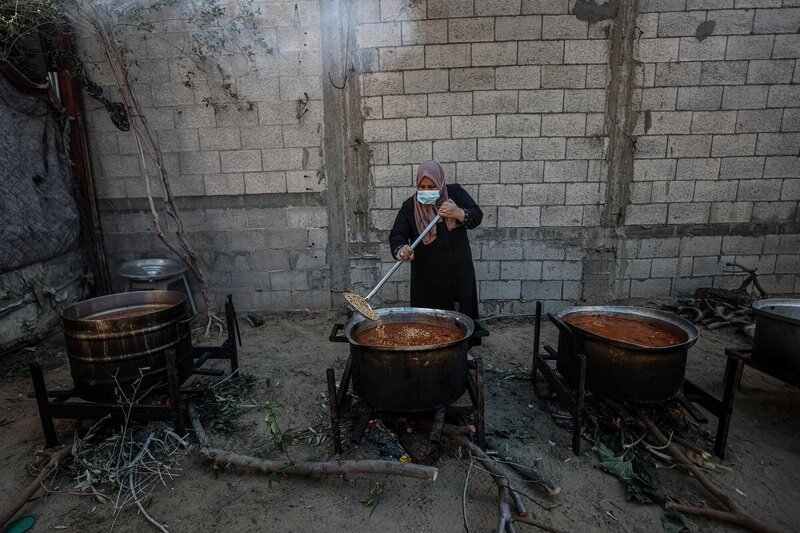
Ten weeks in, the conflict in Gaza shows no signs of abating. Humanitarian access has significantly diminished, with a breakdown in the basic services needed to run operations and aid workers struggling to survive the conflict while carrying out their duties.
"The majority of our teams on the ground are national staff who are living this crisis while also making efforts to address it. Many of them have been displaced three or four times and living in shelters, but they have continued to deliver," World Food Programme (WFP) Deputy Executive Director Carl Skau told reporters at a UN briefing in New York last week.
"There is a serious bottleneck at the Rafah border crossing and what comes through is very sporadic. Our teams are sitting on the other side of the border waiting to pick up what comes through so this is not done in a sustainable way," said Skau.
For the first time since the conflict erupted in October, two aid convoys crossed into Gaza from Jordan and through Israel's Kerem Shalom after extensive coordination between WFP and authorities to increase the flow of aid.
But intense combat and bombardment continue to pose major challenges for humanitarians on the ground trying to reach people on the frontlines of the ongoing crisis.
Aid deliveries and distributions have become exceedingly challenging since the start of combat in October. Five power blackouts have hindered humanitarian operations and aid workers' access to vital information they need to deliver aid.
Although WFP and partners reached 799,000 people in Gaza with food in November, access had been slow and irregular due to limited fuel, no electricity, and only one functioning border crossing into the embattled strip.
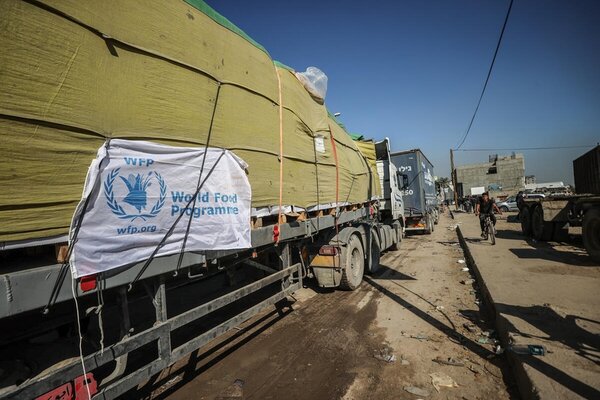
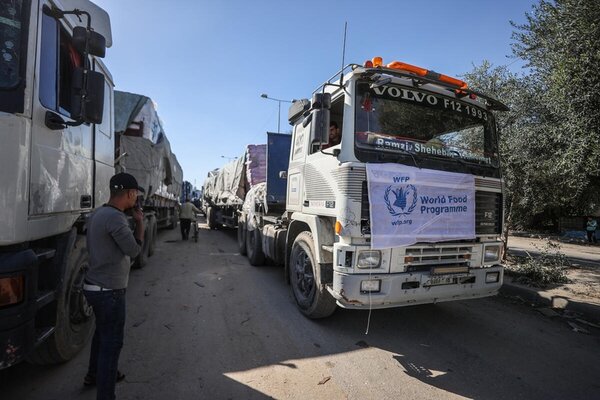
Shrinking space
A seven-day pause enabled aid to flow. WFP and partners doubled distribution points outside UN shelters to reach people in the badly hit districts of Khan Yunis, Deir El Balah, Gaza City and Al Nusayrat, among others. When fighting resumed on December 1 and the frontlines shifted, those areas became inaccessible again.
"We have given up on asking for assistance and where to get it," said Hussein Kahlout in Deir El Balah where areas designated for food distributions are no longer safe. "Now we ask whether we will survive another day." Kahlout, 45, is among hundreds of thousands in Gaza who remain trapped in hard-to-reach areas and cut off from any humanitarian assistance.
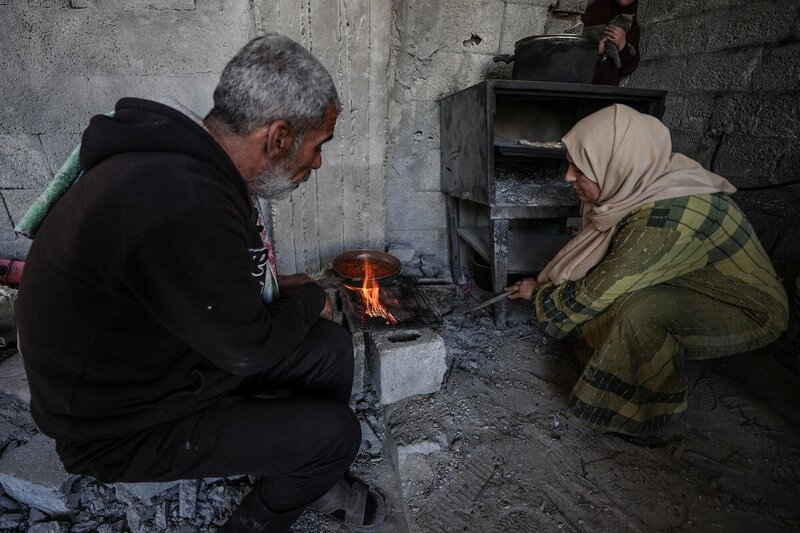
"People in Gaza city do not even have the freedom to search for food. Anyone who moves would be risking their lives," said Hind Khoudary, with WFP in the Rafah side of Gaza where UN makeshift shelters have been set up. "Neighbours have opened their doors to share whatever they have between them."
Diary from Gaza: 'If death doesn't come from airstrikes, it will come from starvation'
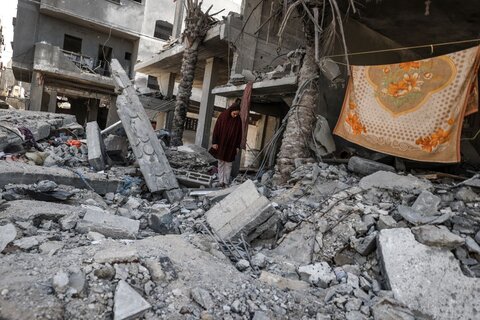
Yet half of Gaza's population is starving, with nine out of ten Palestinians eating less than one meal a day and struggling to find clean drinkable water. Hungry and weak, more Gazans are falling sick - their compromised immunity making them susceptible to disease.
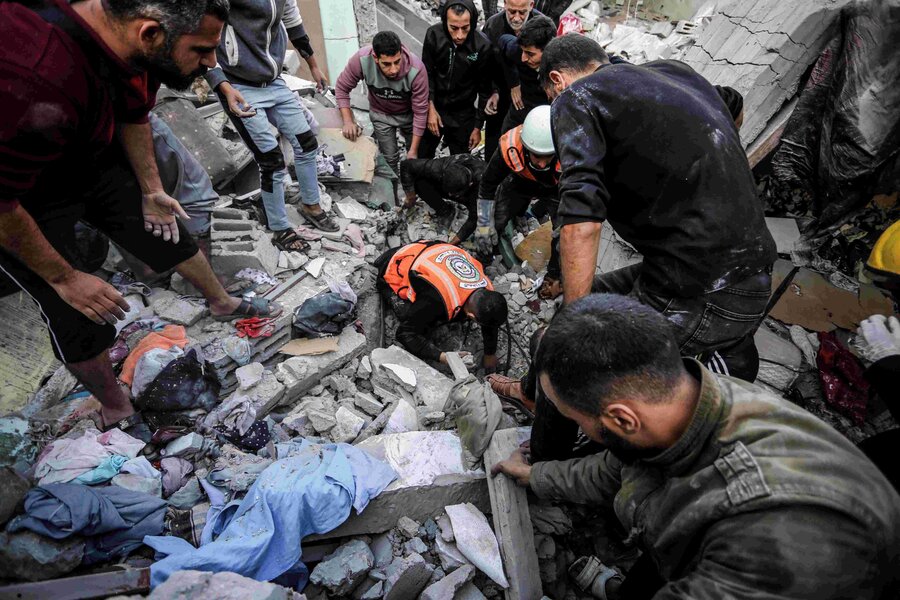
All but one of WFP's 25 contracted bakeries in Gaza have been destroyed in the bombardment while one of WFP's long-standing partners, Jamal AbuAitah who owned a dairy factory that supported WFP's food assistance programmes in Gaza prior to the conflict, died along with his family in the shelling.
And with all commercial activities grinding to a halt, shops have been mostly empty and prices of the little available food in the markets have soared.
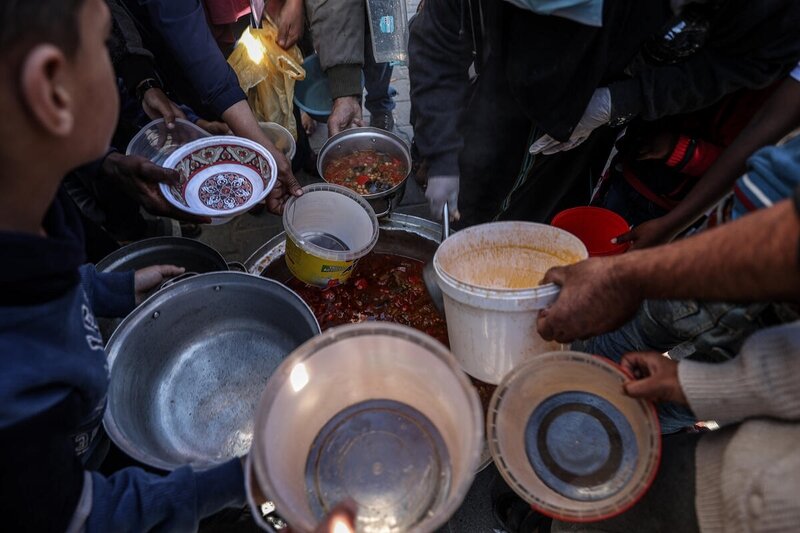
WFP, along with humanitarian organizations and the international community, calls for an immediate ceasefire in Gaza and the opening of all border crossings to enable unhindered aid deliveries at scale to prevent starvation in the strip.






